How methylamine reveals a routine question for chemists
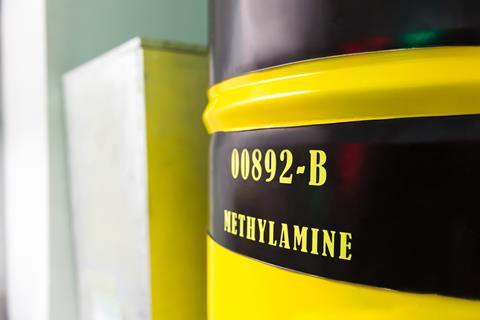
If there is one movie or TV show that I get asked about when I say that I work in chemical manufacturing, it’s always Breaking Bad. People want to know if chemical manufacturing is anything like the show. I tell people the truth – I haven’t watched much of it. As a testament to the show’s accuracy, I watched a single episode in 2012 while I was on vacation and thought to myself ‘this is too much like work’.
Not too long afterwards, there was a both amusing and annoying set of discussions on Twitter around whether it was practical or possible for Walter White to manufacture methylamine instead of robbing a train to obtain it. I decided that I should sit down and watch the crucial episode (dramatically titled ‘Dead Freight’) to see what I could learn before I dived back into the chemistry discussion.
To sum up the plot, Walt’s team is informed of the opportunity to rob a train car carrying 26,000 gallons of Chinese-manufactured methylamine solution. The ultimate plan involves stopping the train by blocking its route with a dump truck and then emptying 1000 gallons of the solution into buried plastic tanks, replacing its weight with water. The heist crew uses large diameter hoses and a pump to remove the methylamine solution and pump in the water. They believe that the slight dilution of the tanker’s solution will not be noticed as a theft and will instead be pinned on the original manufacturers.
As someone who has transferred large amounts of liquid in a chemical setting (although not a train car’s worth!) the details of the heist seemed pretty reasonable to me. If I had been on the crew, I would have saved a step by having the hoses already attached to the pump so that all that was needed was to transport them up to the train. I would have also suggested to Walt to use his favourite full-face respirator instead of covering his face with a cloth – it would have had the added benefit of obscuring his face during the robbery.
Synthetic chemists know that the answer to the question to ‘can you make it?’ is almost always yes
I was very amused to see that the methylamine was supposedly purchased out of China. Eastman Chemical in the United States does a pretty brisk business in all methylamines (mono-, di- and tri-) so it seems odd to me that they would be importing the stuff. But the plot required a train car to steal from, so ‘the train car is travelling west from Los Angeles and will go through New Mexico’ was reason enough.
If Walter White didn’t want to steal the methylamine, couldn’t he have simply made it? Synthetic chemists know that the answer to the question to ‘can you make it?’ is almost always yes – and methylamine is no different. In fact, there is an Organic Syntheses procedure from 1923 that uses formaldehyde and ammonium chloride, two compounds that are available in quite large quantity without too many legal strictures.
However, to make an equivalent quantity (1000 gallons of 40% aqueous methylamine solution contains approximately 1520kg of methylamine) would require multiple distillations and crystallisations, not to mention washing the wetcake with cold chloroform to get pure material. Once you had the methylamine hydrochloride salt, you could then solubilise it in water and convert it to the freebase with the addition of sodium hydroxide. Sounds like a lot of work compared with stealing it!
The question is never about the possibility of making a chemical compound
How exactly is methylamine actually produced on industrial scale? The answer (like many things) is catalysts. Specifically, monomethylamine is produced as one of a mixture of three potential methylamines through the reaction of ammonia and methanol in the presence of zeolite catalysts under high pressure (20 atmospheres) and high temperatures (400°C). These zeolites are typically mixtures of silica and alumina and act as solid acid catalysts.
Depending on their pore sizes, production can be biased towards the more commercially desirable dimethylamine and trimethylamine. To obtain pure streams of each methylamine derivative, further processing via distillation with large columns is required. That sounds pretty complex and not achievable in an amateur setup, even by the most resourceful of fictional chemists.
When I first participated in this discussion, I remember thinking this was a silly internet argument, and of course it was that. But over 10 years later, I am reminded that the stealing of methylamine was a classic (if very unusual) example of the make-versus-buy decisions that chemists throughout the world face routinely. The question is never about the possibility of making a chemical compound. Rather, it is always the question of the cost and practicality of making it – especially when your alternative is sitting in a train car that’s waiting to be drained.









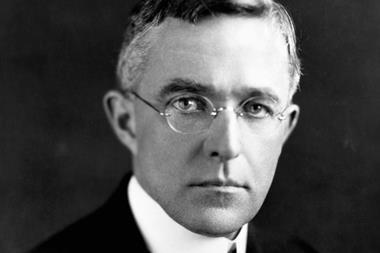
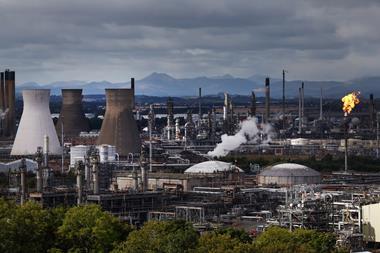
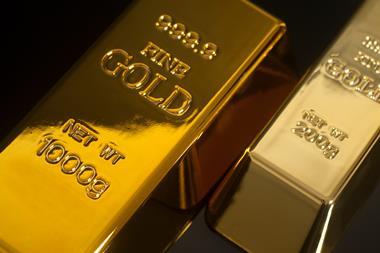
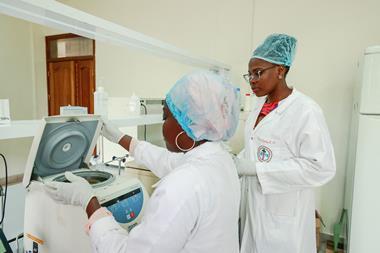



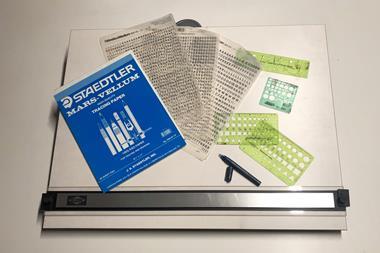
1 Reader's comment